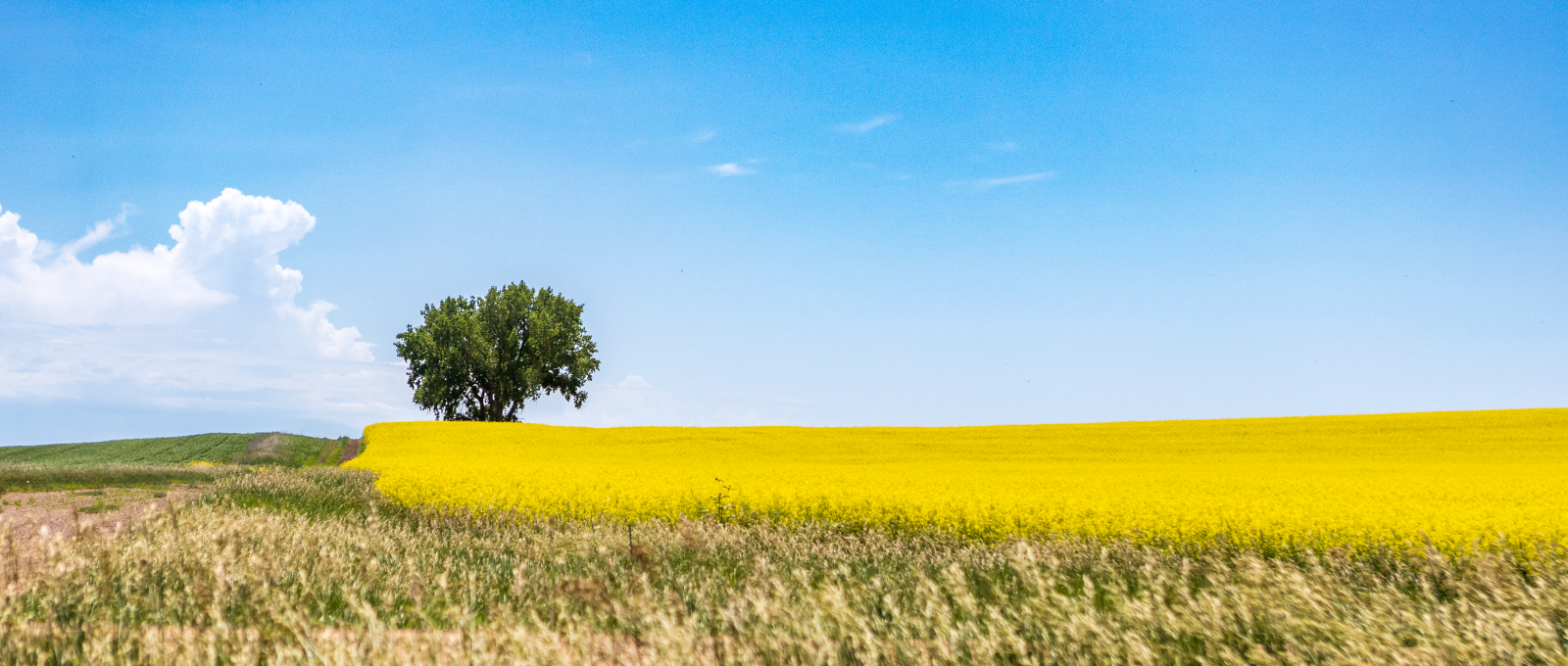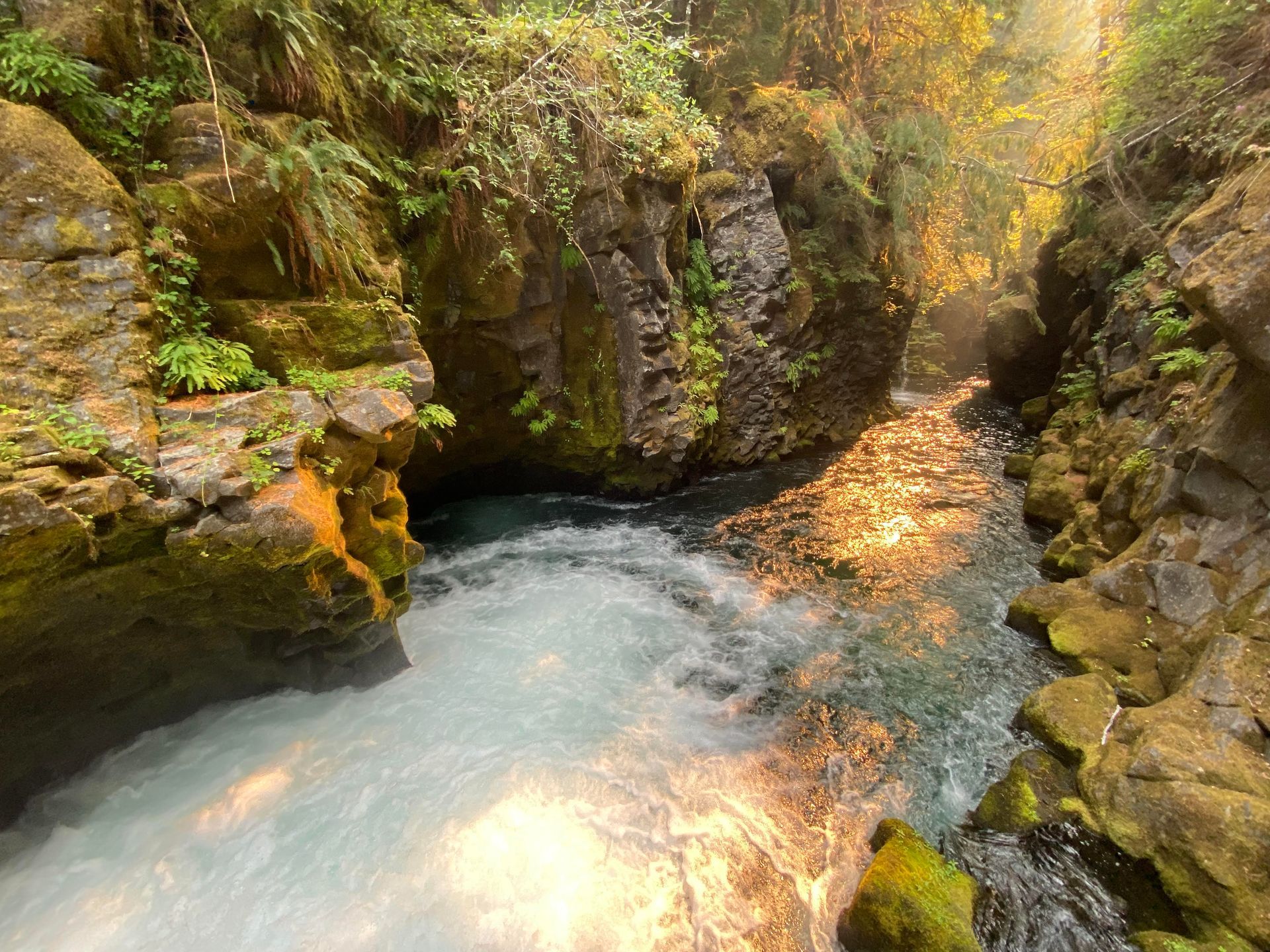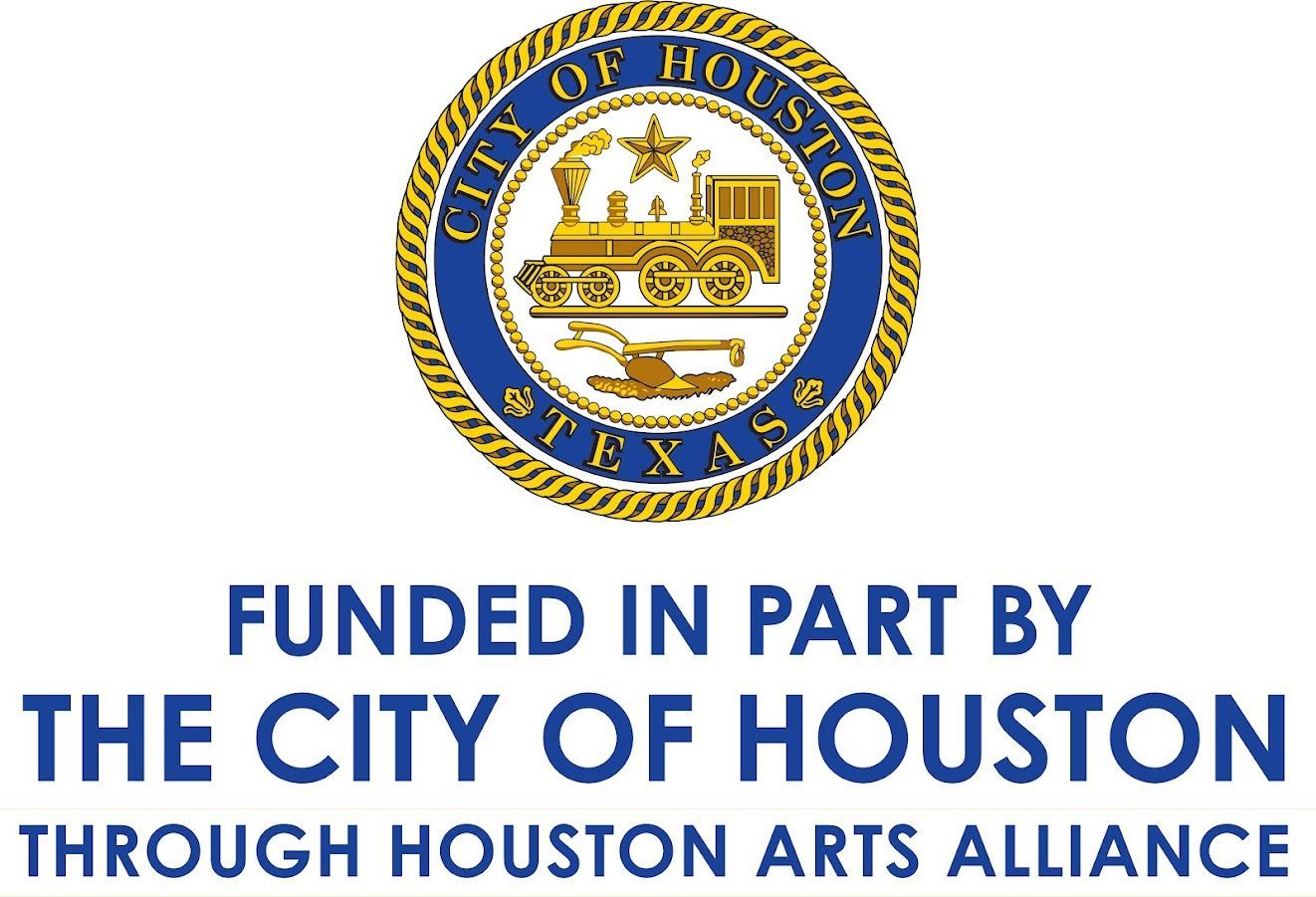Leaning In
If life’s challenges hold opportunities for our growth and transformation, how can we suspend ourselves courageously in a moment and lean into the unknown?
My favorite dreams are ones where I have superpowers. They are especially fun when I realize I am dreaming. I begin to play with the powers and lean into facing things that are unpredictable and outside my control. I’ve had dreams where I can fly, breathe underwater, and connect with others like entangled light. This is the mood and the imagery that show up in my poetry and in my paintings.
In the most vibrant and imaginative dreams there is often a point where I realize that even with the superpowers, I am unable to fix or solve the challenge at hand. If I am lucky, there will be a moment where I have the realization that rather than do anything at all, I have the opportunity to be with what is. When I release the stress and panic I lean in, physically, and take flight. I begin to soar out of a complete lack of effort and with total acceptance and curiosity. I begin to lift and soar. I see the bigger picture and am full of awe and a freedom that goes beyond words.
When I wake up
I try to hold this sensation
To linger in the liberation
To recognize the invitation
To consciousness
I marvel at the peaks in my life’s timeline
Sparks of spirit
Suspended in awe
Facilitated by my willingness to
Surrender and lean in
The more harsh the human experience seems to be, the more I long for the power to lean in and resist the urge to deny the reality, control the unpredictability, or escape the suffering. When I reflect on the most powerful moments of my life, the deep connections made when leaning in, I am given more courage to connect with my curiosity and open myself to transformation.
- Witnessing my grandfather spontaneously speaking in his father’s native tongue.
- Surrendering to silence with my grandmother when she could no longer hear me. Holding our attention, on a silent phone call while our souls were suspended in loving entanglement.
- Attuning to poetic words of oneness with light rolling out of the mouth of a student, using his own words to accept his arrival into adulthood one week and his impending death the next.
- Sitting in Healing Circles, connecting deeply as hearts and souls relying on invisible signals that encircle the globe.
- Exploring words and images with yesterday’s strangers, harvesting insights from our shared underworlds through the simple selection of words on a page of text.
If life’s challenges hold opportunities for our growth and transformation, how can we suspend ourselves courageously in a moment or a memory that seems heavy with suffering and lean into the unknown? When we are exposed to painful parts of our country’s history, when we learn of current-day challenges that are happening under the radar or outside mainstream media, when we become aware of and face forces outside our control—an illness, a loss, a change in abilities or resources—the temptation can be to retreat to the perception of safety or a pattern that was developed for our protection. Can we recognize the opportunity? Are we familiar with our patterns? Do we have the tools to meet the moment with courage, curiosity, and compassion?
Events at The Jung Center expose us to concepts and ideas, to prompts and reflections, and to shared experiences that invite us to lean into curiosity and courage to experience something beneath and beyond—to connect and recognize that there is more for each of us to discover as individuals and the collective.
We can learn how to:
- recognize our patterns and tendencies to deny realities and repress our emotions,
- reflect on events of our lives that hold meaning,
- clean the lenses of perception that separate us from what is so that we can navigate the stages of our lives and accept the twists and turns of our journeys as invitations for deepening clarity, creative expression, and meaningful connection.
As the Director of Curriculum, my focus is on curating educational opportunities for individuals and the collective by supporting our public programs in a variety of ways. Recognizing that one person’s experience and perspective is not wide enough to filter what a growing community seeks, we use a collaborative approach to attract and evaluate programs and events.
When we ask you “What Matters Most?” we really want to know, because your answers lead us to better questions. Your feedback in our evaluations, surveys, and comments on our social media posts become the data driving our decisions and fueling our efforts to expand the curriculum and deepen your educational experiences with even greater awareness, curiosity, understanding, and sense of belonging.
By Brooke Summers-Perry
Director of Curriculum






